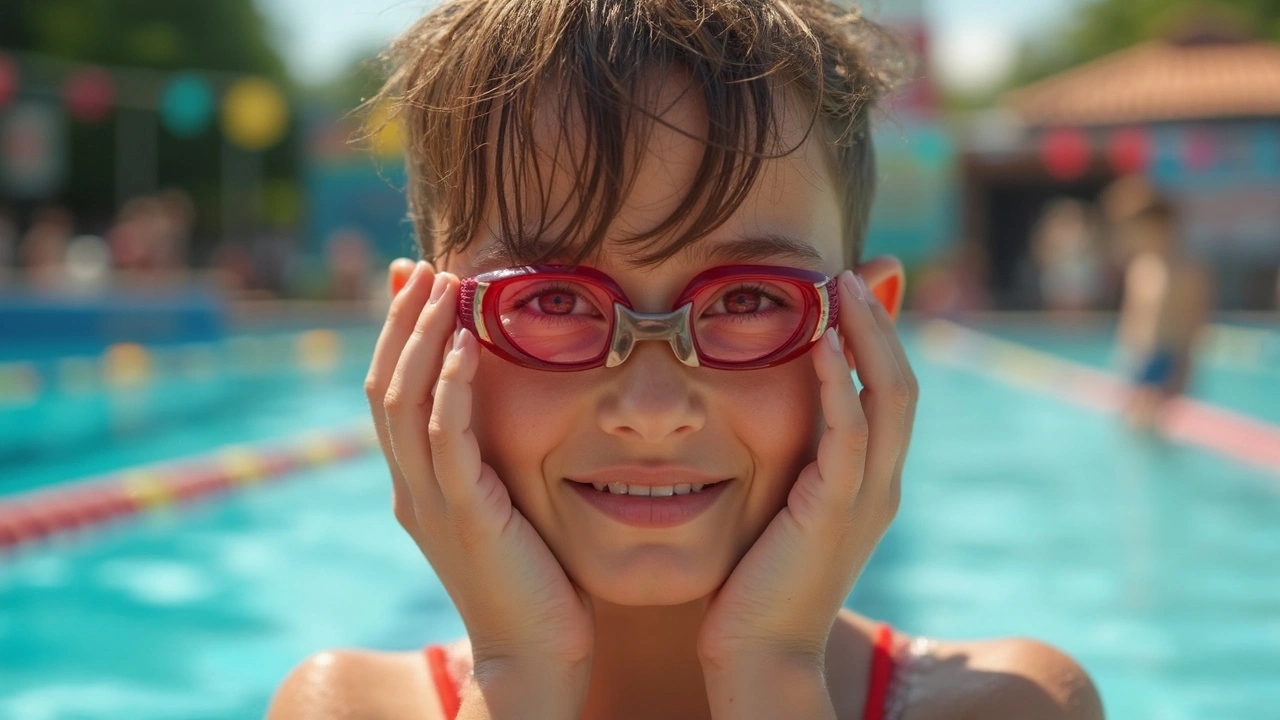Chlorine Eyes Remedy: Quick Relief for Irritated Eyes
Got that red, tingly feeling in your eyes after a swim? It’s not magic, it’s chlorine. The good news? You can soothe the burn in minutes with a few easy steps.
Why Your Eyes Burn After Swimming
Chlorine is added to pool water to kill germs, but it also reacts with natural oils on the surface of your eye. The result is a dry, irritated feeling that looks like pink eye but isn’t infectious. Even a short dip can leave a film that makes your eyes water, itch, or sting.
Other pool chemicals, like bromine or pH adjusters, can add to the problem, especially if the water isn’t balanced. If you have contact lenses, the chemicals can stick to them and make the irritation worse.
Simple Steps to Calm the Burn
Rinse with clean water. As soon as you’re out of the pool, splash your eyes with fresh, lukewarm water. Keep the water flowing for at least 30 seconds. This washes away most of the chlorine residue.
Use artificial tears. Over‑the‑counter lubricating eye drops (the kind without redness‑reducer) are your friend. Put one or two drops in each eye every hour for the first few hours. They re‑hydrate the surface and flush out any remaining irritant.
Cold compress. A clean, cold washcloth over closed eyes for a few minutes eases swelling and the itchy feeling. Do it 2‑3 times a day if the burn lingers.
Avoid rubbing. It’s tempting, but rubbing spreads the irritant and can scratch the delicate eye surface. If you need to, gently pat the area with a soft tissue.
Skip makeup and contact lenses. Give your eyes a break for at least 24 hours. If you wear lenses, use a fresh pair after the irritation disappears.
Consider antihistamine eye drops. If the itching feels like an allergy, a mild antihistamine drop can calm it. Choose a product labeled safe for daily use.
Stay hydrated. Drinking water helps your body flush out chlorine faster and keeps your eyes moist from the inside.
Prevent Future Pool Eye Burn
Wear swim goggles that seal well around the eyes. Even budget goggles cut the chlorine exposure by 80 %.
Take a quick shower before you jump in. Clean skin and hair release fewer oils into the water, meaning the pool needs less chlorine to stay clear.
If you’re a frequent swimmer, ask the pool manager about chlorine levels. Ideal levels sit between 1‑3 ppm; anything higher can increase eye irritation.
Finally, keep a small eye‑care kit in your swim bag – a mini bottle of lubricating drops, a washcloth, and your goggles. Being prepared means you won’t have to suffer after the fun ends.
If redness, pain, or vision changes linger beyond 24‑48 hours, see an eye doctor. Persistent symptoms could signal an infection or a more serious reaction that needs professional care.
Now you know why chlorine attacks your eyes and exactly what to do when it happens. Rinse, lubricate, chill, and protect – that’s the simple recipe for fast relief and a worry‑free swim next time.
How to Quickly Reduce Eye Redness After Swimming: Proven Tips & Relief Methods
May, 9 2025
Battling red eyes after a swim is more common than people think. This article explores the real causes behind post-swim eye redness, busts popular myths, and offers smart, practical tips for soothing irritated eyes. Find out which remedies truly work, what to avoid, and how to keep swimming fun without compromising your comfort or health. Dive into a swimmer's guide on preventing and treating 'chlorine eyes,' with insights rooted in both science and everyday experience.
Read Article→
